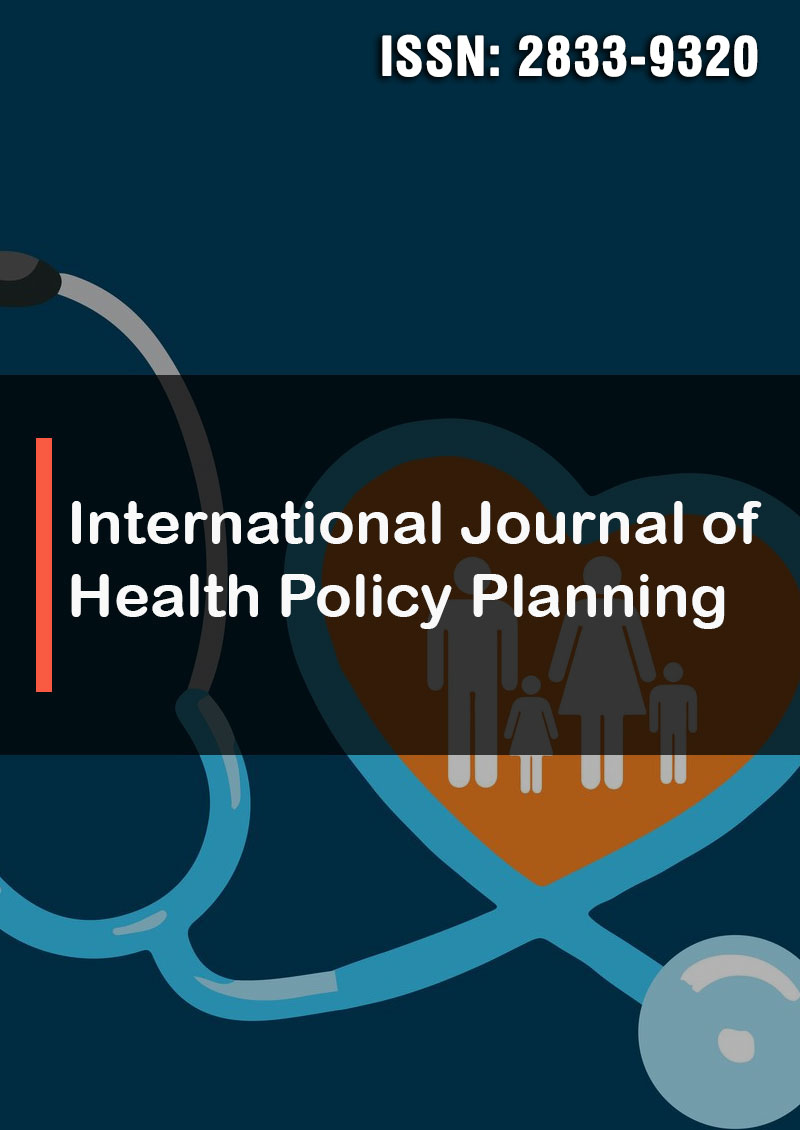Trends and Predictors of Students’ Academic Performances by Levels of Study in University of Health and Allied Sciences in Ghana: A Longitudinal Surveillance Study Among a Cohort of 2020 Graduating Class of Undergraduates at the School of Allied Health Sciences in Ho North Campus
Abstract
Eric Kwasi Ofori, Abdul-Wahab Mawuko-Hamid, Rosemary Dormenyo Amenuvor, Peace Fiadzomor, Israel Tordzro Agudze, Nurudeen Idrisu, Anthony Asempah, Emmanuel Osei Yaw Asubonteng, Geoffrey Kadeey, Philip Nyako, Aishah Fadila Adamu, Fidelis Mawunyo Kpodo, Mahamudu Ayamba Ali, Cedric Bobson Dorkenoo and Seth Owusu-Ageyei
Background: Ascertainment of trends and predictors of academic performances among Allied Health students is critical to United Nation’s Sustainable Development Goals 3, 4 and 8. This article assesses the dynamics and academic risk factors associated with students’ performances at the University of Health and Allied Sciences (UHAS), Ghana.
Method: This is a longitudinal cohort study, designed to evaluate retrospectively, the academic records of 180 students of the 2020 graduating class of undergraduates in the School of Allied Health Sciences. The published grades of each student from levels 100 to 400 were collated using a data extraction log that was quality controlled, double-entered and statistically analysed using Microsoft Visual Basic and STATA platforms respectively. The trends and predictors of academic performances by levels were determined using the Cochrane-Armitage test for trends and the Cochran-Martin-Haenszel test for association respectively.
Results: The mean rates of scoring grades ‘A’, ‘B+’, ‘B’, ‘C’, ‘D’ and ‘E/F’ among this cohort were 22.2%, 21.2%, 23.3%, 25.8%, 7.9% and 0.5% respectively. The inter-variations in a proportion of grades within the levels were statistically significant (p<0.01). However, the intra-variations in proportional distribution of grades trended insignificantly across the levels (p>0.05). Although, the Spearman’s coefficient depicted a strong negative correlation between grade ‘A’ and levels (r= -0.9); the associations were only between grade ‘A’ and level 200s (OR=1.9; CI: 1.05-1. 33, p<0.001) and between grade ‘A’ and level 300 (OR=1.4;(CI: 1.25-1.59), p<0.001).
Conclusion: The cumulative proportion of 43.4% students scoring grade ‘A’ and ‘B +’ reflected above average performances in SAHS. However the distribution of grades on Gaussian curve deviates the Central Limit Theorem. In addition, the observed negative correlation between trends of grade ‘A’ from lower (100) to high (400) levels of studies deviates Bloom’s and SOLO Taxonomies, and Trans-Theoretical Model (TTM) of assessing students’ learning progression. These phenomena have Quality Assurance, Academic Policy and Research implications. Therefore, the use of modify (hybrid) grading System is strongly recommended in SAHS. Also, we strongly recommend an extended study to determine factors that affect the poor performances of levels 100 and 400 students in SAHS.




